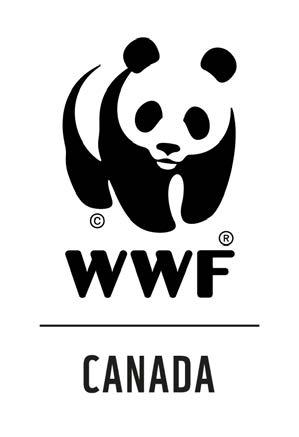

CANADA’S OCEAN NOISE STRATEGY: LEGISLATION AND POLICY ANALYSIS
A REVIEW OF FEDERAL CROWN LAW AND POLICY FRAMEWORKS TO IDENTIFY EXISTING MECHANISMS TO MANAGE UNDERWATER NOISE POLLUTION IN CANADA
June 2024
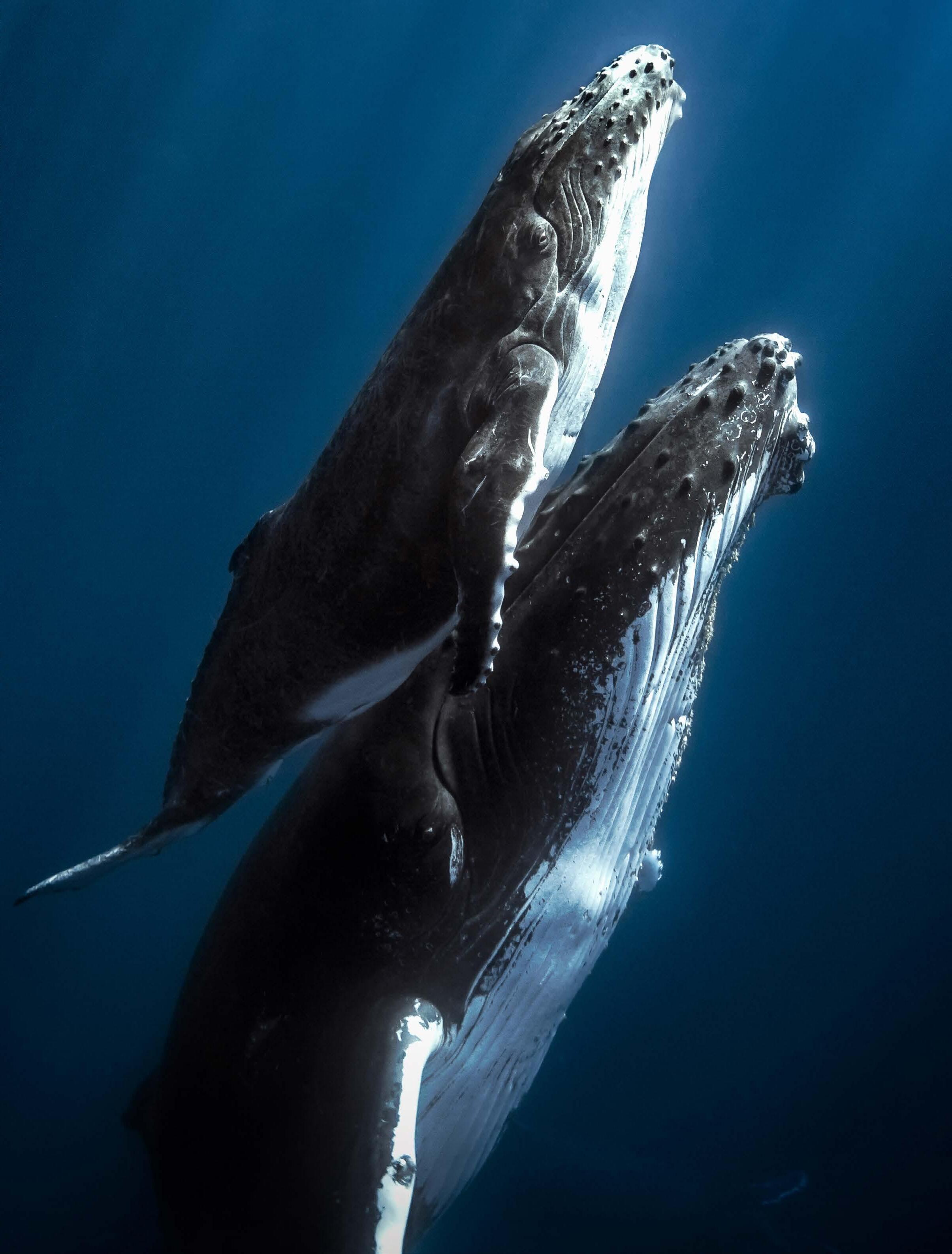


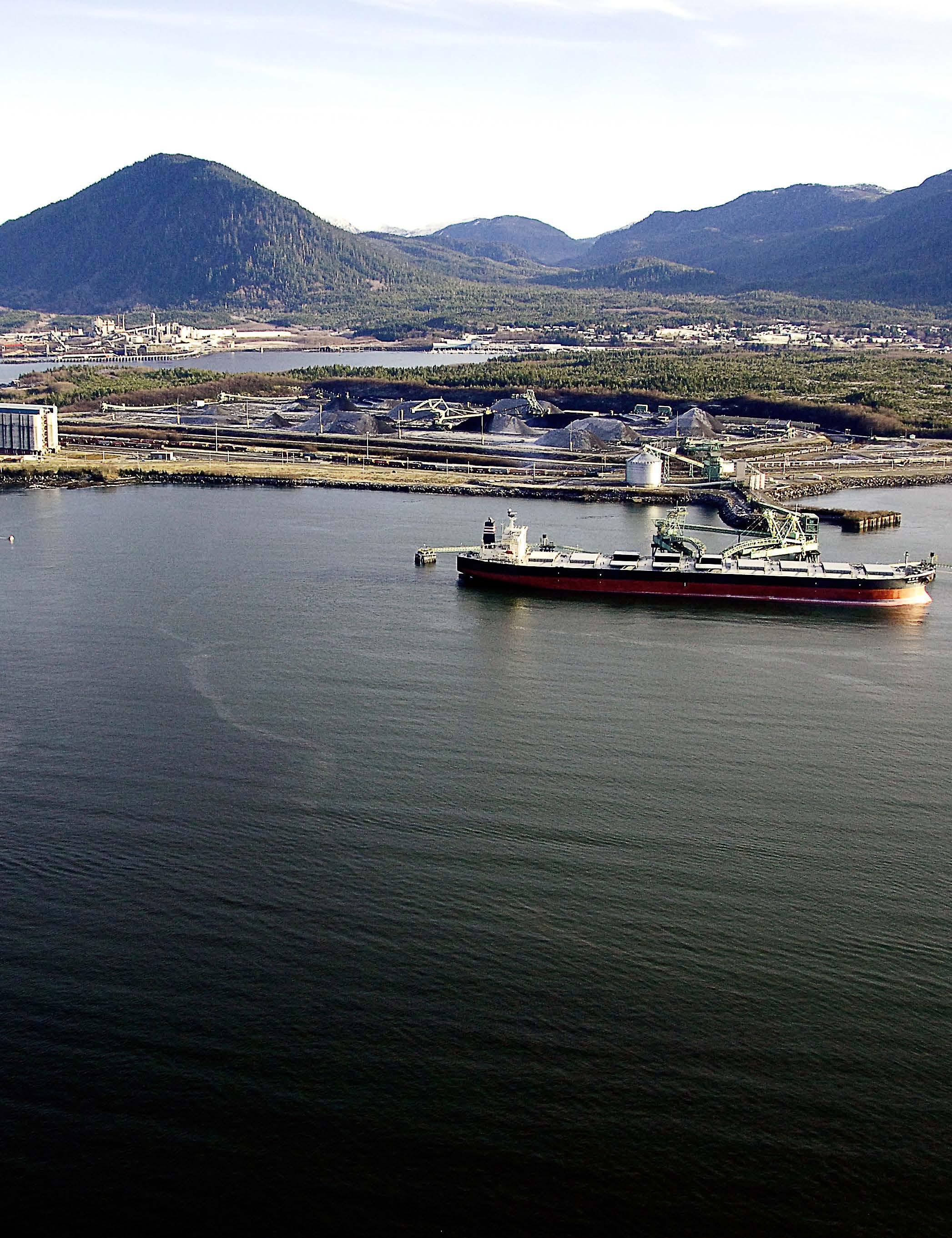
Prepared for WWF-Canada by Mike Kofahl (East Coast Environmental Law) and Stephanie Hewson and Maryann Watson (West Coast Environmental Law)
Disclaimer
Every reasonable effort has been made to ensure the accuracy of the information in this document. The legal information in this report is for general information purposes only. This report is not legal advice and does not replace official government publications. If a discrepancy occurs between government policies, statutes or regulations and this report, the government-authorized documents should be preferred. For official legislative provisions, consult the relevant policy documents, statutes and regulations referenced in the report.
OVERVIEW UNCOVERING AND UNDERSTANDING OCEAN
NOISE LEGISLATION AND POLICY IN CANADA
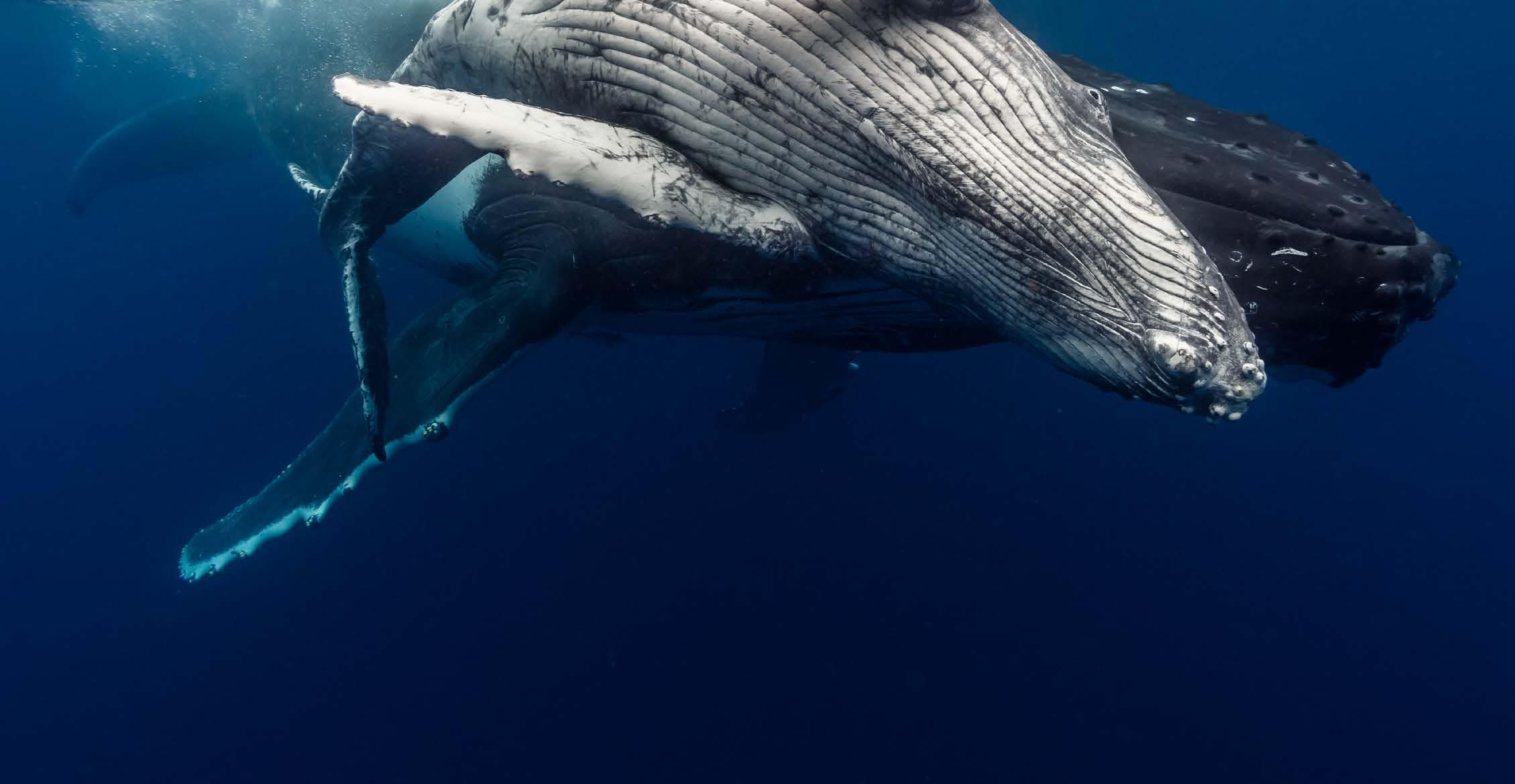
Canada’s regulatory framework is underutilized and is not comprehensive enough to fully address underwater noise pollution. These laws can, however, be strengthened and incorporated into the eventual Ocean Noise Strategy.
Canada’s oceans are becoming noisier due to increasing human activities, putting marine wildlife at risk.
The steady rise in shipping traffic, continued offshore development and exploitation of natural resources, and ever-expanding marine construction activities related to ports and terminals are drowning out the natural chirps, clicks, whistles and songs of marine species.
Underwater noise pollution can disrupt normal behaviours for noise-sensitive aquatic species including invertebrates, fish and whales. Negative impacts include increased stress levels, reduced ability to detect and avoid predators, reduced foraging opportunities, masking of communication and echolocation, and increased risk of ship strikes and stranding events (“beaching”) for marine mammals.
Underwater noise is being recognized globally as a pressing ecosystem-wide threat. While Canada has become increasingly aware of underwater noise impacts over the last decade, it has not yet implemented a comprehensive national plan to address it.
The Government of Canada committed to developing a national Ocean Noise Strategy as part of the Oceans
Protection Plan launched in 2016. While the draft was promised for summer 2021, it is now expected to be released for public consultation in mid-2024 with the final strategy following in 2025.
To help inform the creation of a strong Ocean Noise Strategy, WWF-Canada commissioned East Coast Environmental Law (ECEL) and West Coast Environmental Law (WCEL) to conduct a thorough analysis of relevant federal Crown law and policy. The resulting report, Canada’s Ocean Noise Strategy: Legislation and Policy Analysis, identifies policy gaps and provides valuable insights into how existing tools can — and should — be used by Canada to tackle underwater noise pollution.
These findings reveal a significant opportunity for the Government of Canada to become a global leader in managing underwater noise pollution and deliver transformational protections for Canada’s iconic marine species and ecosystems. It is our hope that the recommendations and opportunities outlined in this analysis will meaningfully contribute to the development of Canada’s Ocean Noise Strategy.
KEY FINDINGS HOW CANADA CAN APPLY EXISTING LAW FOR QUIETER OCEANS
The findings of the Legislation and Policy Analysis are clear: tools to protect underwater soundscapes exist but are not being widely used — nor are they enough. To protect Canada’s iconic marine ecosystems and species, the federal government should act now to create a binding and enforceable national approach to addressing underwater noise.
Canada’s approach to managing and protecting marine areas has not kept pace with the rapid rise in our awareness of underwater noise pollution and its impacts on wildlife. To date, ocean noise is not explicitly regulated, nor is it incorporated into existing laws for conserving the marine environment or regulating offshore industries. However, our findings indicate that, while significant gaps exist, there are mechanisms within existing federal law and policy that could be used immediately to mitigate underwater noise impacts and then be incorporated into a more comprehensive national strategy.
Marine Environmental Quality
Canada’s primary ocean legislation, the Oceans Act, authorizes the Minister of Fisheries and Oceans (DFO) to establish marine environmental quality (MEQ) guidelines, objectives and criteria as part of coastal, estuarial and marine planning and management. In addition, the Oceans Act also enables the federal government to enact regulations that prescribe MEQ requirements and standards.
MEQ guidelines, objectives and criteria by themselves are non-regulatory, but they can become mandatory if they are formalized through legal requirements and standards, incorporated into other government requirements that are legally binding, or mandated by ocean industry regulators. MEQ regulations created under the Oceans Act could prescribe requirements and standards that would be legally binding; however, no such regulations have yet been ever created in Canada.
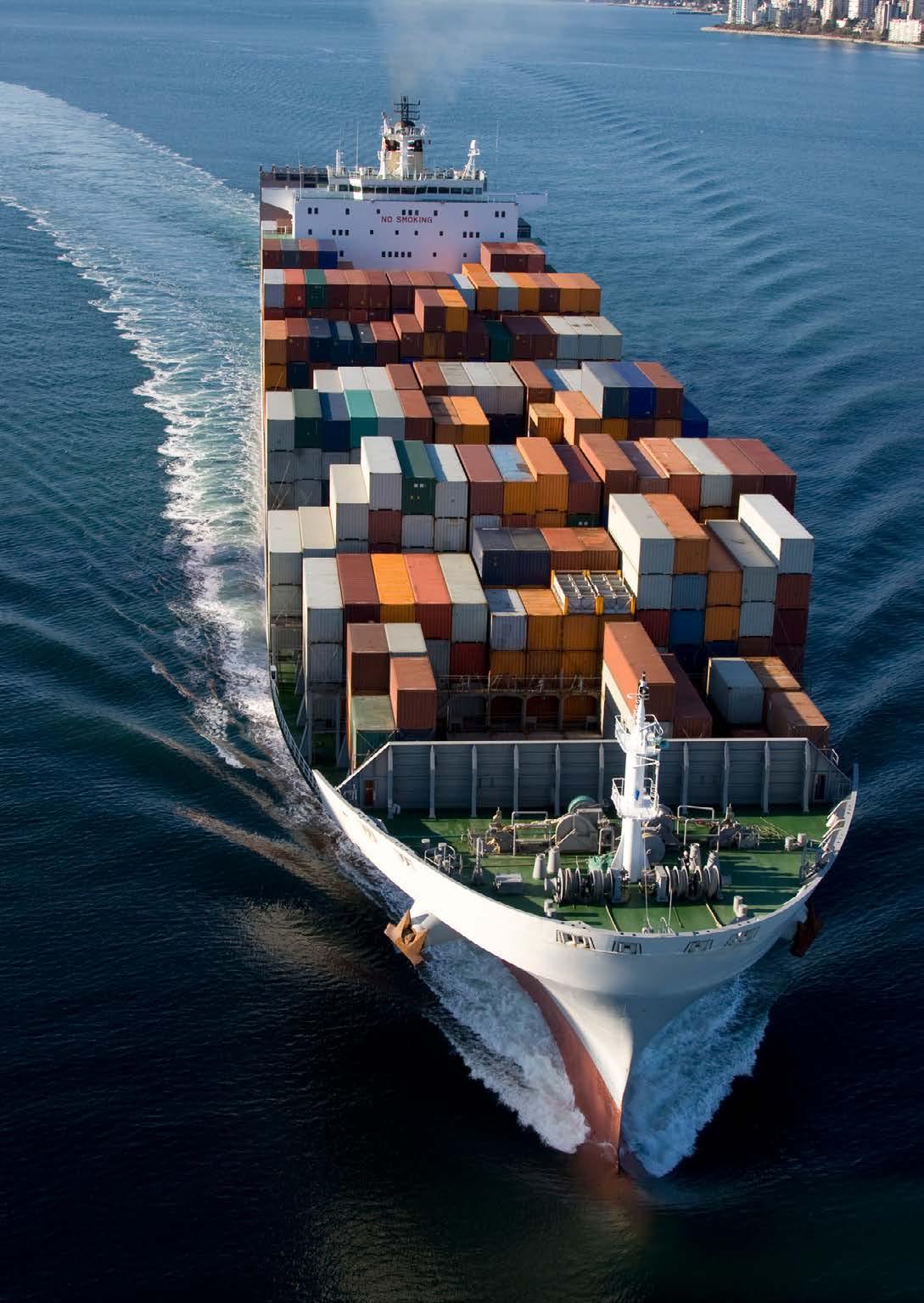
To date, only one MEQ guideline related to ocean noise exists. While the Statement of Canadian Practice with respect to the Mitigation of Seismic Sound in the Marine Environment doesn’t have the force of law on its own, it has been incorporated into legally binding conditions for some offshore industrial projects. The Nova Scotia Offshore Petroleum Board, for instance, requires all seismic programs to adhere to it and it has been incorporated into conditions of approval for projects under the Impact Assessment Act.
MEQ provisions in the Oceans Act, if enacted, would provide a pathway to manage noise pollution more effectively in Canada by establishing federal standards for noise levels and triggering further actions to manage activities to limit noise pollution:
• The federal government could use its authority to enact MEQ regulations that set standards for noise pollution by broad geographic region (for example, using the regions established under Canada’s existing national bioregion framework). Such standards could include setting pre-industrial baselines for noise levels (i.e., noise levels under natural conditions) for defined regions and setting upper limits for levels of anthropogenic noise that would be tolerable in that region. These region-specific limits could be determined using biological data (such as thresholds for noisesensitive indicator species) and informed by research and local knowledge.
• The federal government would be accountable to these regional underwater noise standards and thresholds established under the Oceans Act, making it incumbent upon the federal government to establish requirements for noise pollution reduction and to set region-specific noise reduction targets for areas where continuous noise levels are above the prescribed limits or thresholds.
• Such regional standards and requirements would provide clear and defined expectations that can be incorporated into environmental assessments and other decision processes relating to noise generating activities. In addition, these standards and requirements would enable regulators of specific ocean activities to establish activity-based noise limits or thresholds consistent with area-based noise reduction targets.
A national MEQ approach should aim to set regionallyspecific standards for noise levels under an Oceans Act regulation, and further the formalization of required actions in each region to meet prescribed standards through all activities that contribute to underwater noise pollution.
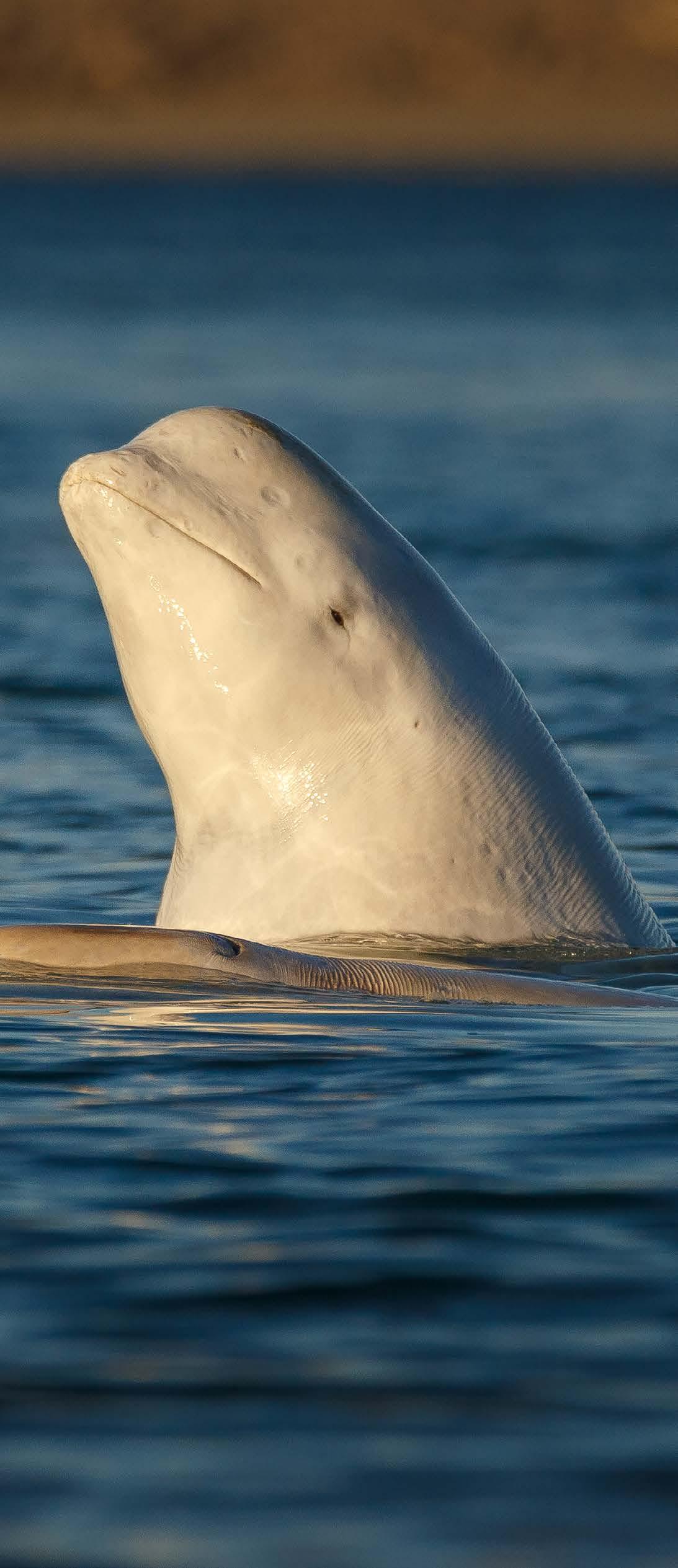
Marine Protected Areas
MPAs are designated areas of the ocean set aside to conserve biodiversity by protecting species, habitats and wider ecosystems. There are several different types of federal MPA designations, each with their own legal framework. None of the federal MPA laws directly address noise.
While most MPAs provide protection from some noise producing activities, underwater noise was not considered in the drafting of the majority of MPA regulations. Radiated noise from shipping and commercial fishing continues to be permitted in the majority of MPAs without restrictions. Some MPAs also permit construction activities.
The management plans of MPAs provide another opportunity to address underwater noise, yet less than half do so. It is crucial that federal departments and agencies prioritize underwater noise when developing new MPAs and when managing existing MPAs.
To truly be effective in preserving marine ecosystems and safeguarding species, MPAs should be “quiet” by design and incorporate noise thresholds and associated measures that limit noise-generating activities and maintain acoustic conditions that benefit the species MPAs intend to protect.
A deep dive into different type of MPAs
In Canada, there are three main types of federal designations used to create protected ocean areas:
• Marine protected areas (MPAs) established by DFO under the Oceans Act
• National Marine Conservation Areas (NMCARs) established by Parks Canada/Environment and Climate Change Canada (ECCC) under the Canada National Marine Conservation Areas Act (CNMCA Act)
• National Wildlife Areas (NWAs) and marine National Wildlife Areas (mNWAs) established by Canadian Wildlife Services/ ECCC under the Canada Wildlife Act
MPAs may also include the marine components of National Parks designated under the Canada National Parks Act and of Migratory Bird Sanctuaries designated under the Migratory Birds Convention Act
Example: Gwaii Haanas National Marine Conservation Area Reserve
The Gwaii Haanas NMCAR was established in 2010 under the Canada National Marine Conservation Areas Act (CNMCA Act) Act after decades of recognition under Haida, provincial and federal agreements. The NMCAR protects the marine component surrounding an existing terrestrial National Park Reserve and Haida Heritage Site.
All mining and oil and gas activities are prohibited in NMCAs under the CNMCA Act. The CNMCA Act also states any regulation of fisheries and aquaculture may only be done under the support of the Minister of Fisheries and Oceans, and regulations addressing marine navigation may only be done with the support of the Minister of Transport. No such regulations exist to date.
A “Multi-Species Action Plan for Gwaii Haanas National Park Reserve, National Marine Conservation Area Reserve and Haida Heritage Site” was created in 2016 for at-risk species inside the boundary of the site, including whales, dolphins and porpoises.
Measures to be taken under the Action Plan include “scop[ing] the concept of a ‘Quiet Sea Reserve’ designation for Gwaii Haanas” and “minimiz[ing] disturbance to marine mammals from visitor boats by promoting compliance with Whale Watching Guidelines.”
These measures, designed to ensure that anthropogenic noise in the marine environment does not prevent the recovery of at-risk species, address noise in the NMCAR and are focused on marine mammals only.
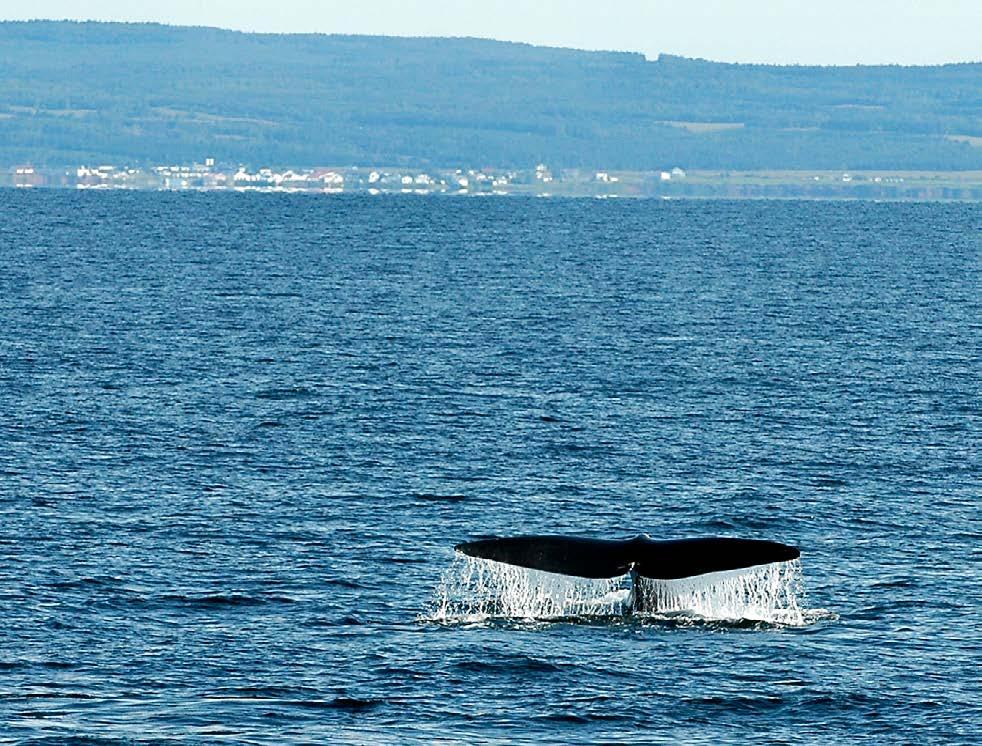
Species At Risk Act
Canada’s Species at Risk Act (SARA) prohibits the killing, harming, harassing, capture or taking of species listed as threatened, endangered or extirpated under SARA, as well as the destruction of their critical habitat.
However, there are currently no policies under SARA that quantitatively define what constitutes harm, harassment or the destruction of acoustic habitat. Any adverse effects to habitat are generally described in qualitative terms. The lack of clear and defined noise thresholds for species at risk and their habitats makes monitoring and enforcement of noise-generating activities extremely difficult and does not provide clear guidance for decisionmakers.
Fortunately, it is possible to take clear action under SARA to protect at-risk species from underwater noise pollution. There are instances where DFO’s recovery strategies for at-risk species have included clearly defined objectives to protect acoustic habitat, which then allowed for the introduction of mandatory legal measures to reduce noise impacts. (See spotlight on southern resident killer whales).
DFO should work towards developing quantitative noise thresholds and reduction targets for the habitats of all listed aquatic species at risk that need quiet soundscapes for their recovery. Clearly defining what constitutes noise-related “harm,” “harassment” and “destruction” is critical to the recovery of species at risk.
Spotlight on Southern Resident Killer Whales
Southern resident killer whales (SRKW) have been listed as endangered under SARA since 2003. Due to their alarming and continuous population decline — only 74 individuals remain — the Government of Canada introduced several measures in 2019 to further protect and support their recovery.
Within the SRKW Recovery Strategy, the acoustic environment is explicitly listed as an attribute of critical habitat necessary for the population’s survival and recovery, and noise is described as one of the primary human-caused threats. As a result, the Minister of Transport issued a Ministerial order under the Canada Shipping Act, 2001 to protect SRKW’s from the impacts of vessel noise. The order includes the following measures:
• Two mandatory Speed Restricted Zones, where vessels are restricted to a maximum speed of 10 knots between June and November annually.
• Two Interim Sanctuary Zones, where no vessel traffic is permitted between June and November.
• A requirement that vessels must not approach within 400 metres of killer whales in southern B.C., or position vessels in front of the path of killer whales. However, broad exceptions do exist, such as when a vessel is underway, it is not required to maintain a minimum distance of 400 metres.
But even with these enhanced protection measures, there remains a lack of area- and ecosystem-based noise thresholds to ensure that noise levels don’t exceed the biological limits of SRKW and maintain the acoustic quality of critical habitat that is necessary and conducive to recovery of the population.
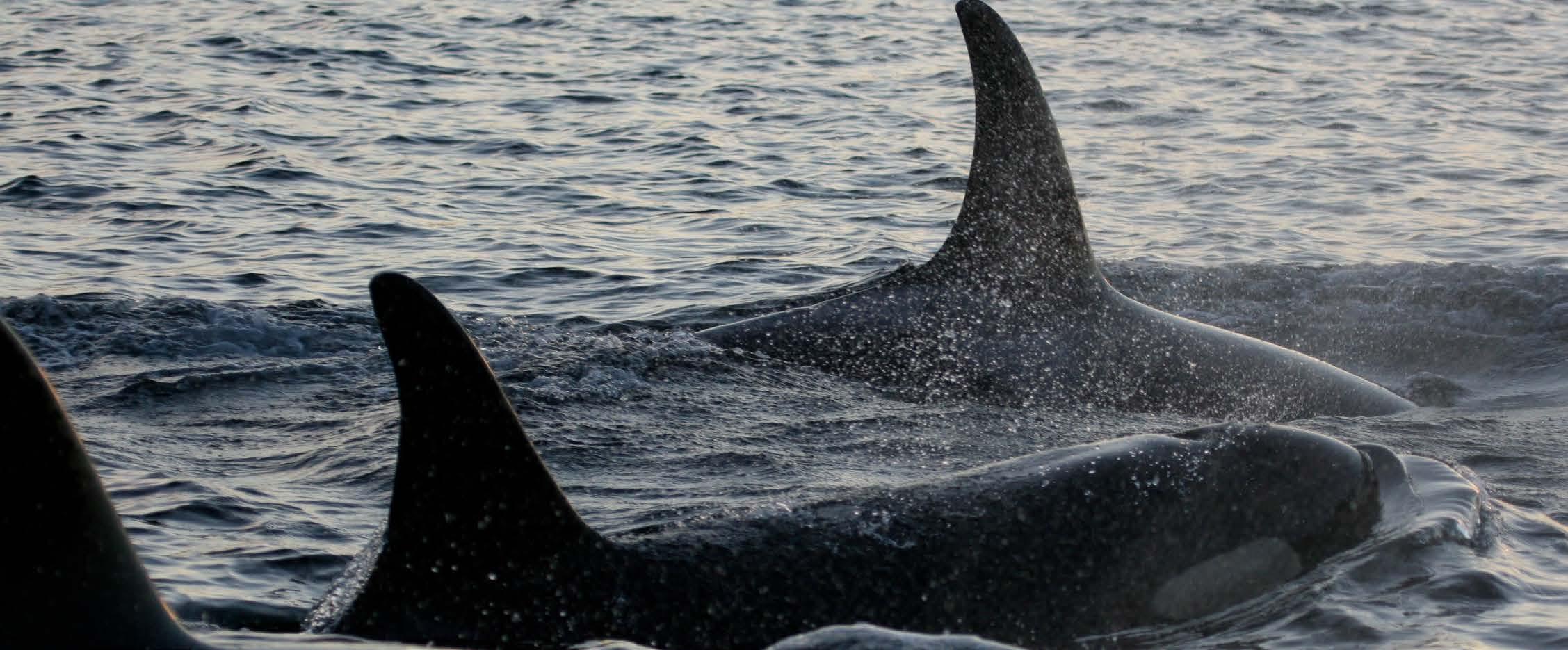
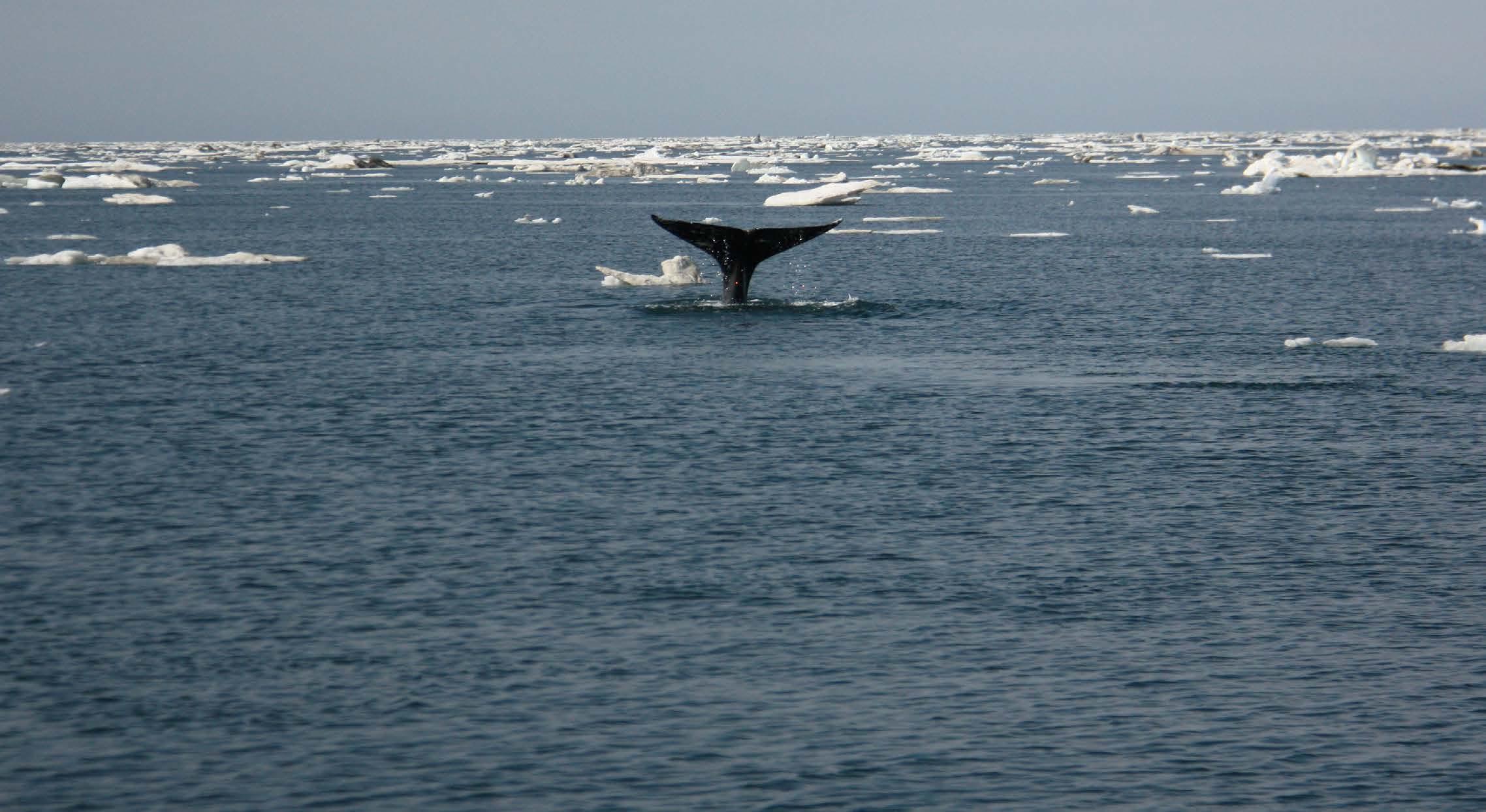
KEY RECOMMENDATIONS FOR OCEAN NOISE LAW AND POLICY REFORM IN CANADA
There are several ways Canada can use its existing powers to better manage underwater noise immediately and which can then be included in the eventual comprehensive strategy:
• DFO should develop MEQ standards and requirements for ocean noise prescribed through regulations under the Oceans Act. MEQ standards and requirements should be applied nationally, with regional and sub-regional standards with noise thresholds specific to Arctic, Atlantic and Pacific regions.
• The federal government should mandate all ministerial agencies that have responsibility for managing the ocean and ocean-based activities to develop measures that ensure the activities they oversee contribute to meeting national, regional and sub-regional underwater noise standards, including noise budgets required to stay within defined thresholds.
• Federal agencies charged with implementation of MPAs (DFO, ECCC and Parks Canada) should enact concrete regulatory and management measures for MPAs that not only limit noise generating activities that are consistent with regional and sub-regional standards and noise thresholds, but also protect quiet areas and preserve acoustic habitat for at-risk marine species.
• Regulators responsible for assessing and approving ocean-based industrial activities should impose conditions — including adherence to activity-based noise thresholds and area-based noise targets — on all coastal and offshore projects to mitigate the impacts of underwater noise pollution on wildlife.
• Environmental Impact Assessments (EIA) should be used to identify and assess noise impacts, local and regional thresholds, areas to avoid, and mitigation measures such as the adoption of quiet technologies. Results of EIAs should be used to inform other processes, including the incorporation of ocean noise conditions into legislation and regulations.
• Transport Canada should develop regulations under the Canada Shipping Act, 2001 to address cumulative vessel noise impacts. Regulations should identify speed restrictions and no-go zones in sensitive marine areas such as MPAs and critical habitat for at-risk species.
FROM PATCHWORK ACTION TO A NATIONAL OCEAN NOISE STRATEGY THAT WORKS
As noise levels in our oceans continue increasing, the current piecemeal approach to managing underwater noise pollution isn’t enough to protect whales and other marine life. This report highlights several opportunities within Canada’s current regulatory framework to tackle underwater noise that can be incorporated into a comprehensive Ocean Noise Strategy.
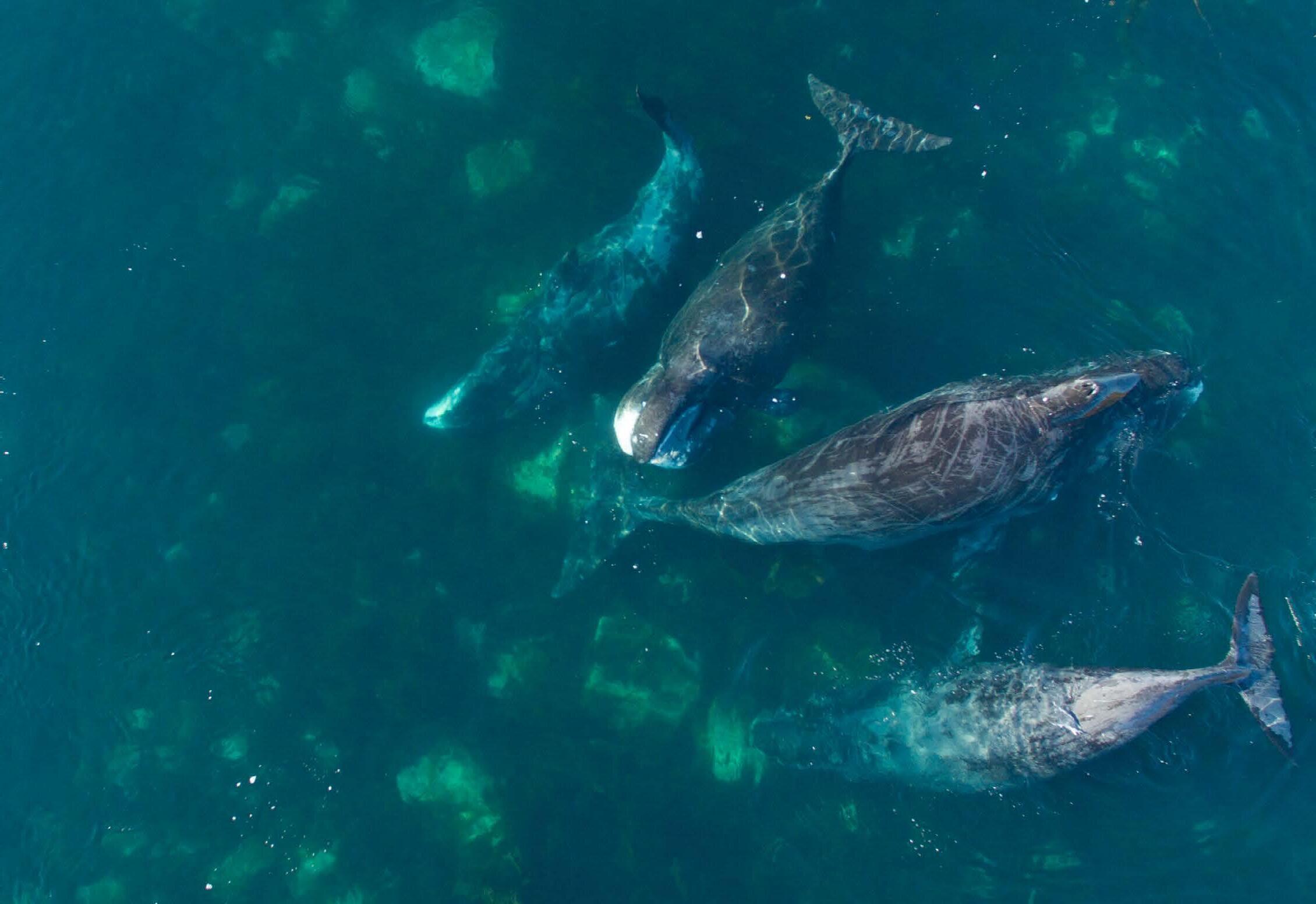
To deliver meaningful, measurable and urgent action on underwater noise pollution, Canada’s forthcoming Ocean Noise Strategy should:
1. Establish a pathway to enact noise limits for activities we know have a negative effect on soundscapes, such as shipping, and oil and gas exploration. Noise limits should be informed by biological limits (the volume different species are able to withstand without adverse impacts) and by scientific and Indigenous knowledge.
2. Take an area-based approach that includes noise reduction targets in regions that are already excessively loud, and noise limits in rapidly developing areas like the Arctic. Canada should also prioritize safeguarding protected ocean areas and key habitats for at-risk species.
3. Incentivize the development and adoption of quieter technologies while immediately implementing operational measures that can reduce noise such as ship slowdowns in critical habitats and marine protected areas.
4. Develop mandatory measures to ensure noise levels are monitored and limits and reduction targets are enforced. Without teeth, it’s unlikely Canada’s Ocean Noise Strategy will help mitigate noise pollution.
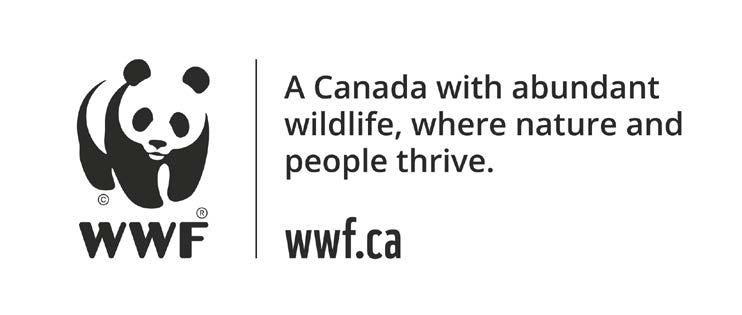
WWF-Canada Contact
For more information please contact: Kristen Powell Specialist, Marine Conservation & Shipping kpowell@wwfcanada.org
For more information on WWF-Canada’s priorities and recommendations, and to add your voice for quieter oceans in Canada, check out our interactive website at wwf.ca/underwaternoise.
